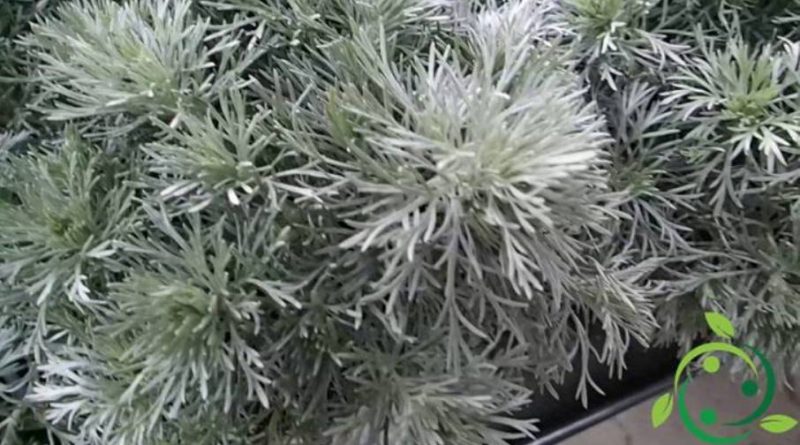Properties and uses of Artemisia schmidtiana
Properties and uses of Artemisia schmidtiana
The Artemisia schmidtiana L., 1753 is a small perennial herbaceous species of the Asteraceae family which is widespread in spontaneous form especially in East Asia and Japan. Its typical habitat is on bare or grassy high mountain soils and also by the sea.
In this sheet we describe the properties and uses of Artemisia schmidtiana and its botanical characteristics.
It is a plant with creeping rhizomes, white pubescent stem, very branched with a height of 16-30 cm. The plant can develop root and caulal leaves, the root leaves wither before flowering; the medial caulas are 3-4,5 cm, petiolate, bi-palmatophytes, divided linear segments of about 1 mm wide, obtuse, thickly puffy, of silver color on both surfaces, the upper leaves are progressively more small, palmatophytes or pinnate-divided; the topmost leaves are linear.
It has an inflorescence of silver color, while the gems are insignificant yellow-white.
The inflorescence measures 4-5 mm and is formed by a panicle, peduncle-bracteata; globose or depressed-globose with a height of about 4 mm, with slightly shorter, ovate or elliptic external bracts, internal bracts obovate, rounded at the apex; densely hairy and white receptacle, hairs about 1.2 mm long. Marginal female flowers have a corolla of 1.6 mm; the hermaphroditic floral disc has a 2.5 mm corolla, pentalobate, hairy at the apex, 1 mm long tube. The flowering period is between August and November. The fruits are obovate achenes of about 1.5 mm in size with a glabrous appearance.
This plant for its characteristics can be used in rock gardens and to have a good result it must be planted with a density of 7 seedlings per m2. The plantation period is between March and October. Remember that the plant must be protected from winter humidity, it must not be pruned in autumn, since it must appear in all its splendor in winter, but also because the dead parts serve as protection during the winter months. For this reason pruning should be done in spring, before the birth of new shoots.
Of this species we recall the var. Nana which has a more compact posture and a height that hardly exceeds 15 cm.
The essential oil of Artemisia schmidtiana contains neointermedeol and eudesm-11-en-4-ols.
At one time this plant used the aerial parts in phytotherapy.
However, it is a plant that can also be used in the kitchen because the stems are edible.

